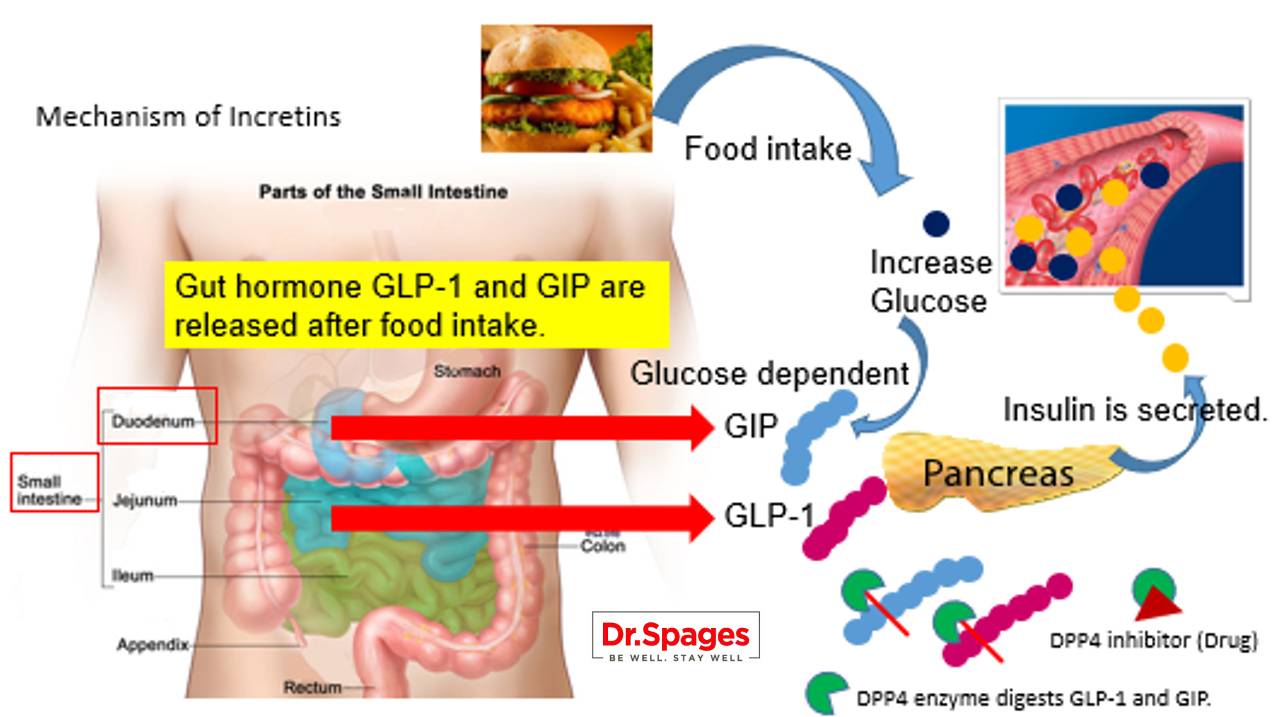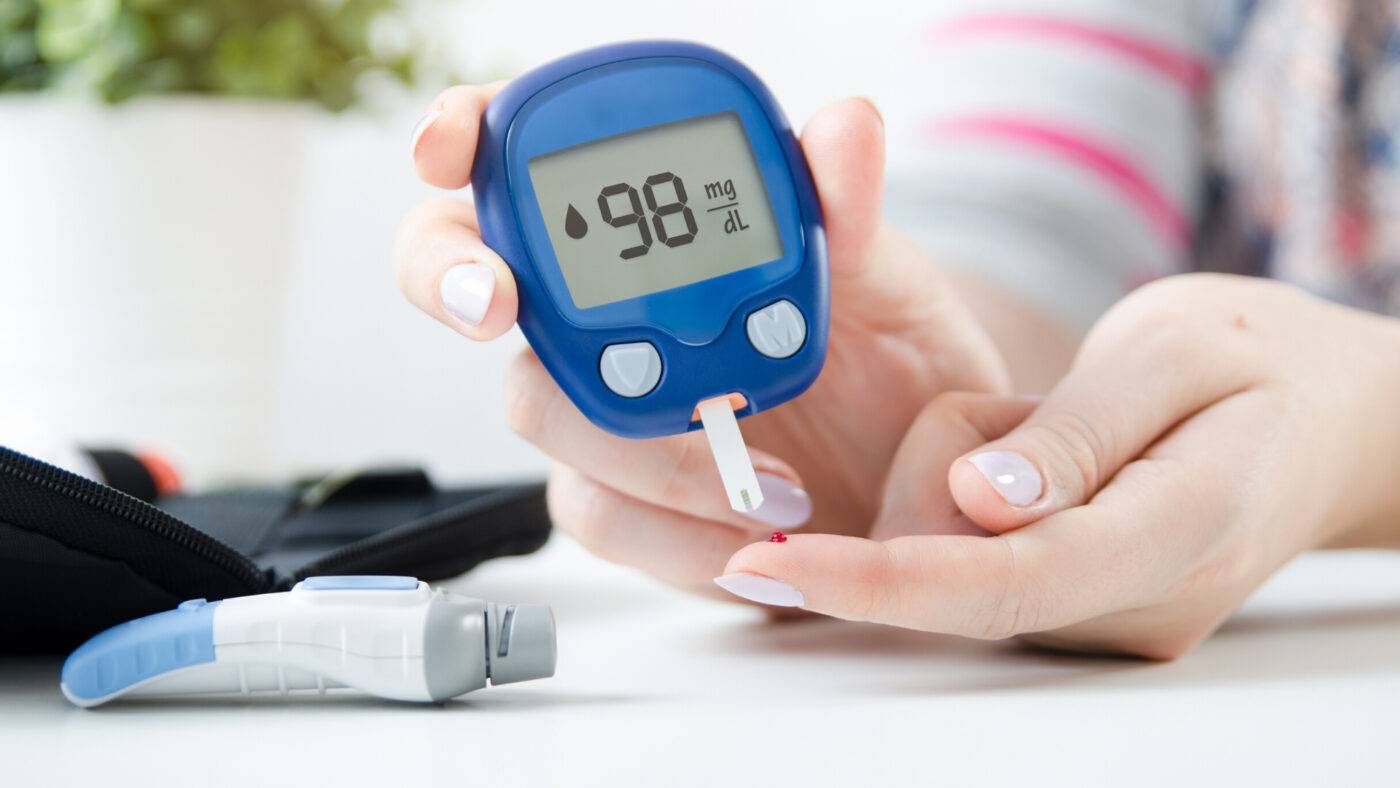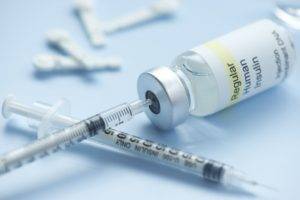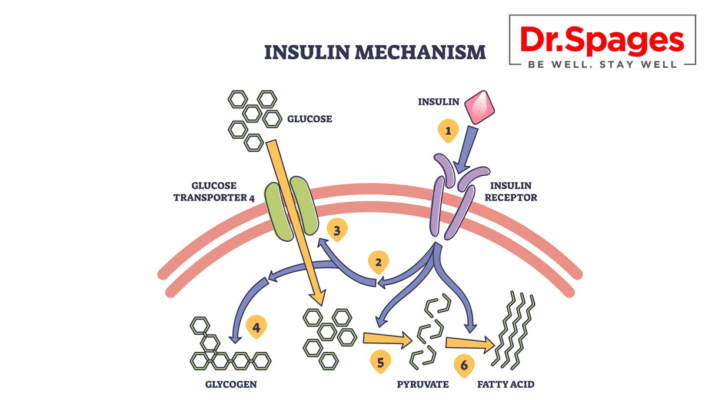The Role of Glucagon-Like Peptide-1 Receptor Agonists in Reversing Diabetes
The Role of Glucagon-Like Peptide-1 Receptor Agonists in Reversing Diabetes
Glucagon-like peptide-1 receptor agonists (GLP-1RAs) are a class of medications used in the treatment of type 2 diabetes. They work by stimulating the GLP-1 receptor, which is involved in the regulation of blood glucose levels. In recent years, there has been growing interest in the use of GLP-1RAs for the reversal of diabetes. This article will explore the role of GLP-1RAs in diabetes reversal and the current research on their effectiveness.
The GLP-1 receptor is found on pancreatic beta cells, which are responsible for the production and secretion of insulin. When the GLP-1 receptor is stimulated, it triggers the release of insulin, which helps to lower blood glucose levels. GLP-1RAs are medications that mimic the effects of GLP-1 by binding to and activating the GLP-1 receptor. This results in increased insulin secretion, decreased glucagon secretion (which raises blood sugar levels), and slower emptying of the stomach, all of which can help to lower blood glucose levels.
GLP-1RAs are currently approved for use in the treatment of type 2 diabetes, but there is growing evidence to suggest that they may also be effective in reversing diabetes but it doesn’t seem possible. Several studies have shown that GLP-1RAs can improve beta cell function and increase beta cell mass. In addition, GLP-1RAs have been shown to improve insulin sensitivity, reduce inflammation, and promote weight loss, all of which can contribute to better blood glucose control. I have never seen this approach work after 20 years of practice since diabetes is so complex and varies for each person .
One of the most promoted GLP-1RAs for diabetes is liraglutide. Liraglutide is a once-daily injection that has been shown to improve beta cell function and increase beta cell mass in animal studies. In clinical trials, liraglutide has been shown to improve glycemic control and reduce the need for insulin in patients with type 2 diabetes. In addition, liraglutide has been shown to promote weight loss and reduce cardiovascular risk factors. Despite these findings it is still a band-aid and doesn’t address the root imbalances seen in labs.
Another GLP-1RA that has shown promise is exenatide. Exenatide is a twice-daily injection that has been shown to improve beta cell function and increase beta cell mass in animal studies. In clinical trials, exenatide has been shown to improve glycemic control and reduce the need for insulin in patients with type 2 diabetes. In addition, exenatide has been shown to promote weight loss and reduce cardiovascular risk factors. This is another medication to depress sugar but also does not address why the sugar was high in the first place.
Despite the promising results from clinical trials, there are still some limitations to the use of GLP-1RAs for diabetes. One of the main limitations is the cost of these medications. GLP-1RAs can be expensive, and not all insurance plans cover them. In addition, GLP-1RAs are currently only approved for use in patients with type 2 diabetes, so their use in other forms of diabetes is not well-studied.
Another limitation is the potential side effects of GLP-1RAs. The most common side effects include nausea, vomiting, and diarrhea, which can be mild to severe. In rare cases, GLP-1RAs can cause pancreatitis or thyroid tumors. However, the risk of these side effects is low, and the benefits of GLP-1RAs typically outweigh the risks.
In conclusion, GLP-1RAs are a promising class of medications but doesn’t address why the sugar is high in the first place. They work by improving beta cell function and increasing beta cell mass, as well as improving insulin sensitivity, reducing inflammation, and promoting weight loss. Liraglutide and exenatide are two GL P-1RAs that have shown the most promise in clinical trials. However, there are still some limitations to their use, including their cost and potential side effects. Future research is needed to better understand the long-term effects of GLP-1RAs on diabetes and to determine which patients would benefit the most from their use.
It is important to note that GLP-1RAs are not a standalone treatment for diabetes. They should be used in combination with other therapies, such as diet and exercise, to achieve optimal results. In addition, GLP-1RAs should be prescribed and monitored by a healthcare professional who is knowledgeable about their use.
GLP-1RAs are promoted as a promising treatment option for diabetes but is still a medicine that doesn’t address the root causes and only treats the symptoms.
About Dr Spages
Dr. Jonathan Spages, DC is skilled in Functional Medicine and is skilled to treat the root cause of issues and illnesses such as hypothyroidism and type II diabetes. He has gone beyond the traditional method of treating these illnesses by depending mainly on drugs and hormones.
Instead, he uses effective diagnostic testing and analysis methods to discover the underlying causes of these illnesses, which are often not recognized in conventional medical practices.









